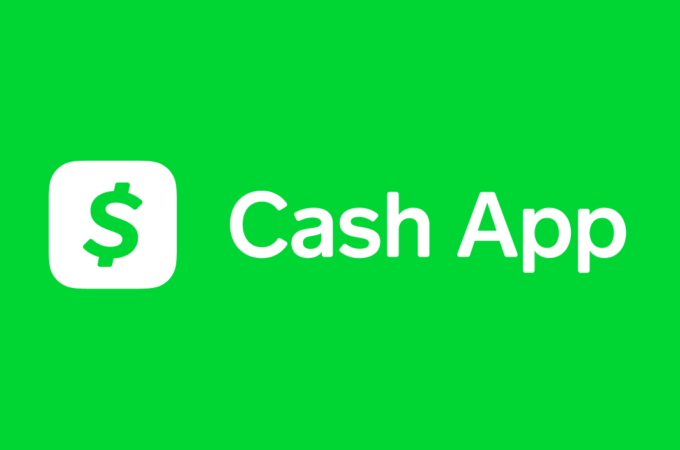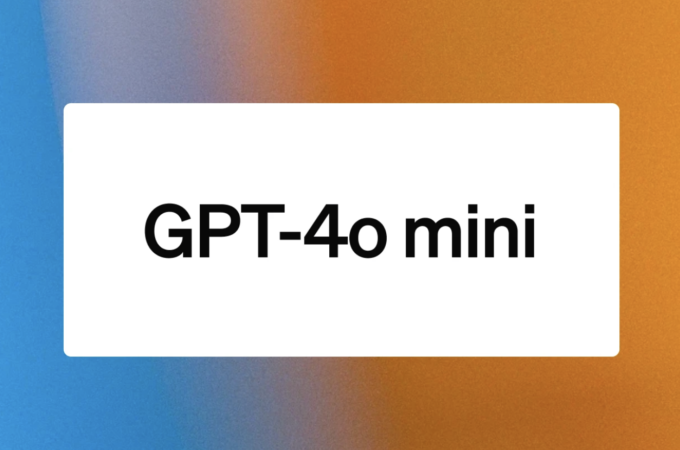NAB Launches Another “Pay”. What Does this mean for Apple Pay in Australia?
By Letstalkpayments.com,
The struggle for Apple Pay in Australia just got harder with NAB launching its new mobile payment service NAB Pay, which will enable customers to use their mobile phones to make purchases. Android-based device owners who have an account with NAB (NAB Visa Debit Card) can start using NAB Pay from today, available as part of the NAB Mobile Internet Banking App. NAB Pay is available wherever contactless payments are accepted.
NAB Executive General Manager for Consumer Lending, Angus Gilfillan, said customers were driving the agenda and increasingly wanted simple and easy digital payment solutions. “We’re excited to launch our digital wallet and enable customers to make fast and safe purchases with their mobile phone,” he added.
The new service by NAB will be powered by an extra level of security for customers – Visa Token Service. Tokenization replaces a customer’s credit card number with a unique digital ‘token’ that can be used for digital payments, without revealing sensitive account information. As Mr Gilfillan commented, “Tokenisation improves protection for customers because physical card details are never used in the payments process, reducing the risk of fraud.” NAB was able to offer a new security level as last year the bank announced a ten-year strategic partnership with Visa to collaborate on payments innovation and product development for customers.
“Our partnership with Visa is enabling us to significantly invest in our credit and debit card portfolio and act more quickly to deliver innovative solutions for our customers – as today’s announcement shows,” Mr Gilfillan said. “We have a number of exciting initiatives planned this year and look forward to extending the NAB Pay application to support NAB credit cards in coming months.”
What does this mean for Apple Pay?
Apple Pay launched last year in Australia in partnership with American Express with no other bank support. With the launch, Apple faced certain issues in the country. One of the major obstacles for Apple Pay in Australia has been the high fee for transactions. In the US, Apple earns $0.15 for every $100 of transaction value. The company was looking for a similar deal in Australia, but the big four Australian banks weren’t willing to provide the same amount of interchange fee to the tech giant. Australian banks get $0.50 for every $100 of transactions, which is less than half of what US banks get. The big four banks in Australia were reluctant to share that amount with Apple as it would significantly lower their interchange revenue. According to these major Australian banks, the payments market in Australia is quite developed as compared to the US and the UK, and the technology on which Apple Pay works has already been in the market for quite some time. Hence, according to them, the value sought by the tech giant was unreasonable.
Another major issue for Australian banks is that the Reserve Bank of Australia (RBA) is planning to lower the interchange fee from 50 cents to 30 cents which will further hammer down the revenue for the banks. Considering this, they would certainly not want to split the share with the tech giant who will be processing on their already developed payment platforms.
In addition to hurdles related to the requested share of transaction value, the strengthening of its rivals’ position is adding some headache to Apple. The Android Pay example is enough to understand the threat.
Google is working closely with many of Australia’s major financial institutions — including ANZ, Westpac, Bank of Melbourne, Bank of South Australia, Bendigo Bank, Cuscal, ING DIRECT, Macquarie Bank, and St. George — with the aim of bringing Android Pay to their card holders this year, and will continue to work with more banks throughout the year. Launched in Australia, Android Pay will support MasterCard and Visa credit and debit cards. The company is also working with EFTPOS to support their cards in Android Pay.
Moreover, Google has called out specific retail partners for the launch of Android Pay like 7-Eleven, Brumby’s Bakery, Coles Express, Coles Supermarkets, Crust Gourmet Pizza, Domino’s Pizza Enterprises Limited, Donut King, Gloria Jean’s Coffees, McDonald’s, Michel’s Patisserie, Pizza Capers and Telstra.
Just like NAB, Google built Android Pay using network tokenization. Network tokenization provides flexibility for the merchant, as they can still identify the card brand to aid in reconciliation, are never subject to any artificial limits on transaction size and can use Android Pay to perform subscription payments.




